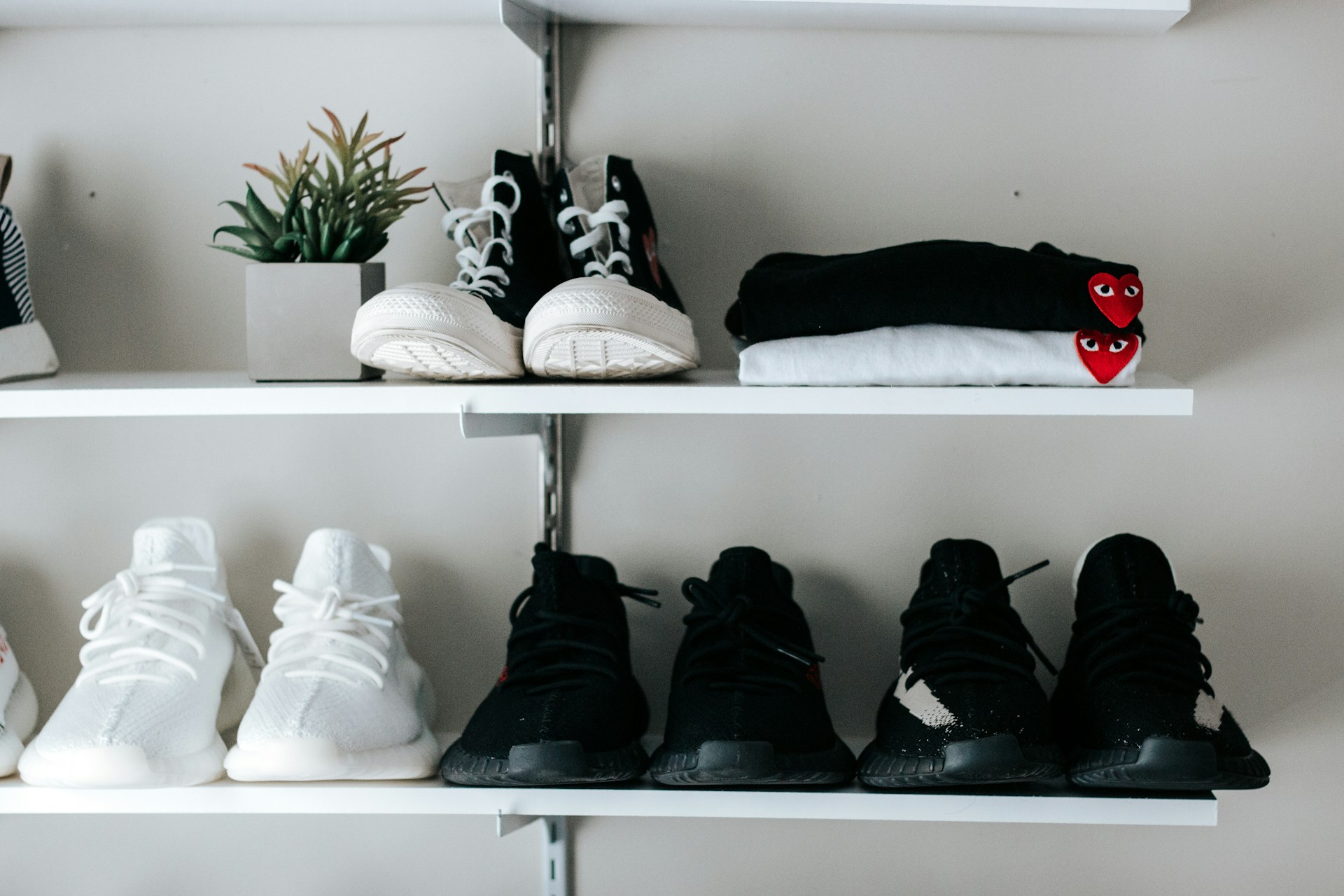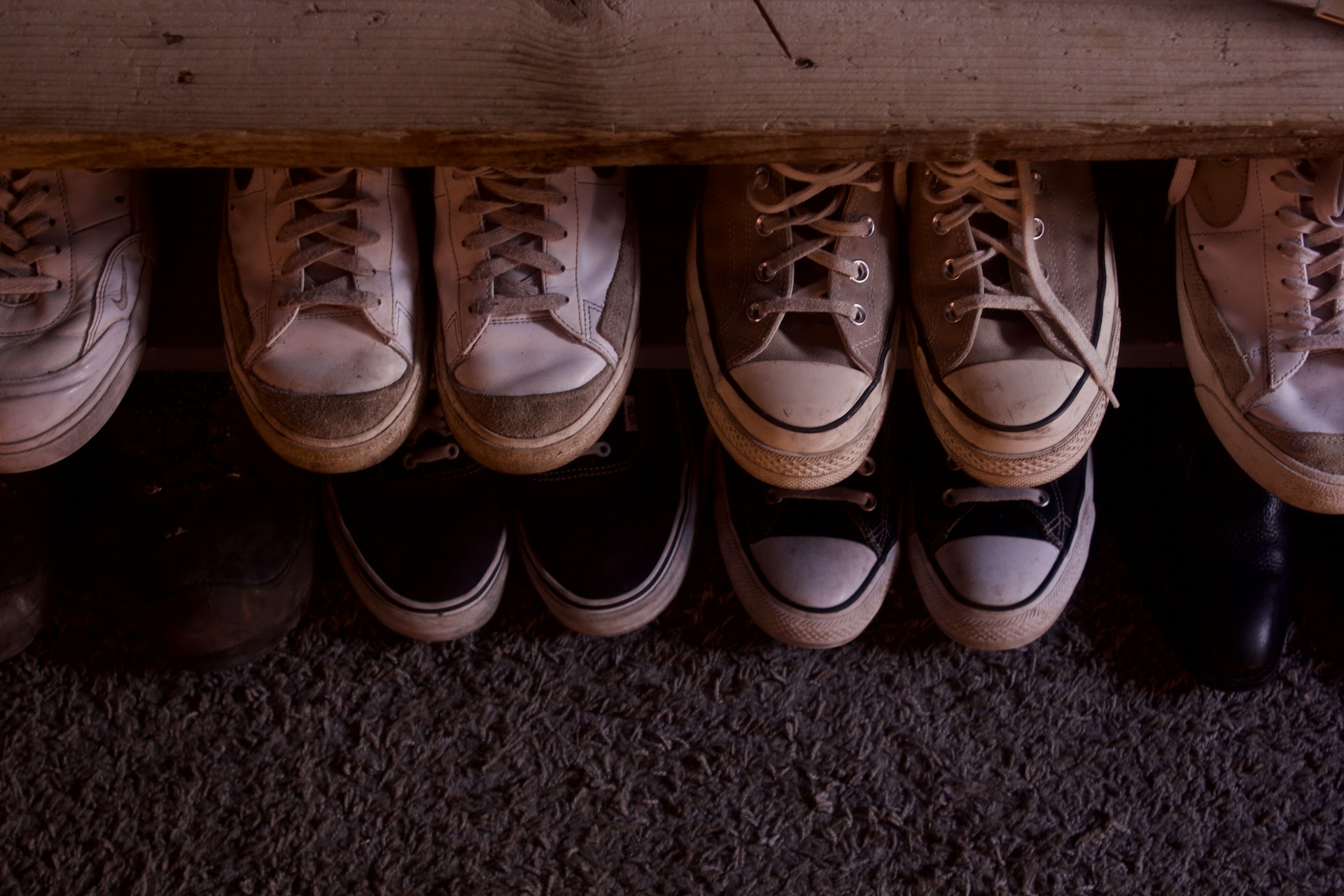Smart Shoe Storage Ideas to Keep Your Home Neat and Stylish
Shoe clutter is one of the most common causes of entryway chaos, bedroom mess, and general disorganization throughout the home. From muddy boots to scattered sneakers, shoes have a way of taking over your floors. The right storage solutions can completely transform your space, helping it feel more spacious, stylish, and serene.
Not only does organized shoe storage look better, but it also helps extend the life of your footwear. When shoes are tossed into a pile or stuffed in closets, they can become scuffed, crushed, or misshapen. A smart storage setup keeps your pairs in shape and easy to access while blending seamlessly with your home's aesthetic.
Whether you live in a small apartment or a multi-story house, there are options for every budget, layout, and style preference. With a bit of planning and creativity, storing your shoes can become a functional and beautiful part of your home's design.

Entryway Solutions That Welcome Order
The entryway is often the most cluttered spot for footwear. Create an intentional drop zone that encourages organization. A low-profile bench with built-in cubbies gives you a seat to slip on shoes and a place to stash them neatly. Vertical shelving units also work well in narrow halls.
Wall-mounted racks are great for high-traffic areas since they keep shoes elevated and off the floor. Place baskets beneath them to catch stray socks or sandals. Using distinct containers for each family member prevents pileups and cuts down on lost items during busy mornings.
Closet Upgrades for Everyday Ease
If you're struggling with shoe overflow in your bedroom closet, it may be time for a strategic overhaul. Cube organizers, under-bed drawers, and hanging shoe pockets are all easy to install and highly effective. The key is grouping shoes by type or season and assigning each category its designated zone.
Transparent boxes or labeled bins offer visibility without sacrificing neatness. Clever storage strategies—like vertical stacking and modular shelving—go a long way toward keeping your closet tidy, especially when every pair has a dedicated home. With a system in place, you'll spend less time searching and more time getting out the door.
Living Room Storage That Blends with Decor
Living rooms aren't just for lounging—they often become a landing spot for everyone's footwear. Tuck a rolling storage ottoman beside your couch to hide casual shoes or slippers. Built-in cabinetry or floating shelves under the stairs can also double as stylish shoe storage for guests or family.
If your aesthetic leans minimalist or Scandinavian, go for neutral-toned bins, wood finishes, or metal frames with clean lines. Decorative baskets, vintage trunks, or upcycled crates work well for a more eclectic or rustic look. Functionality should never clash with design.
Mudroom Mastery for Outdoor Transition
Mudrooms serve as a home's filtration zone between the outdoors and indoors. Use this area to contain dirt and moisture while staying organized. A combination of cubbies, hooks, and trays helps manage muddy boots, wet sandals, and anything in between. Don't forget a dedicated mat for drying and a bench for convenience.
Add a shoe deodorizer or vented container to prevent odor buildup. Make it easy for kids to reach their designated spots to encourage habits from a young age. A well-designed mudroom saves time and stress while preserving your floors.
Small-Space Hacks That Pack a Punch
For those with limited space, maximizing vertical real estate is essential. Over-the-door organizers are underrated and easy to use. Stackable shoe racks, slim towers, and hanging baskets make great use of closet backs, narrow corners, or even unused wall space behind doors.
A tall ladder shelf leans stylishly against a wall and displays shoes like decor. Corner shelves or tiered stands provide compact storage without taking up valuable walking space. Small changes can lead to massive gains in efficiency.
Rotate by Season to Reduce Clutter
Seasonal rotation is a helpful tactic for minimizing visible clutter. Store off-season shoes in lidded bins or vacuum-sealed bags under the bed, in attic spaces, or closet tops. When the weather changes, swap them out and reassess your daily needs.
This habit also forces you to declutter regularly. Donate pairs you haven't worn in over a year or that no longer fit your lifestyle. You'll end up with more space and a shoe collection that's tailored to your current habits and style.
Kid-Friendly Systems That Teach Habits
If you have kids, keeping shoes organized can feel like a never-ending chore. The trick is accessibility. Use color-coded baskets, low drawers, or cubbies labeled with names. Encourage kids to drop off and pick up shoes independently, making storage part of their daily routine.
Storing special occasion shoes separately can also reduce everyday clutter. Keep these pairs in higher bins or behind closet doors to avoid mixing them with daily sneakers or school shoes. A little structure goes a long way in avoiding morning stress.
Shoe Storage That Doubles as Display
If you want your shoe storage to double as decor, get creative. A repurposed bookshelf becomes an elegant display case. Mounting small floating shelves at staggered heights can create a gallery effect for designer heels or eye-catching sneakers.
Use lighting to highlight your display—LED strips under shelves or motion lights in cubbies can enhance both visibility and visual appeal. Don't be afraid to mix decorative flair with functionality; style and order can coexist when it comes to shoe storage.
Maximize Forgotten Spaces
Entryway closets are another commonly overlooked storage spot. Often crammed with coats and umbrellas, they can be optimized to hold a surprising number of shoes. Install an adjustable shelving system or shoe cubbies along the bottom section. This allows you to use the upper space for jackets while transforming the floor into a shoe sanctuary. If your closet lacks width, use hanging organizers or back-of-door solutions to take advantage of every square inch. Consistent placement and daily tidying can preserve the system over time.
When organizing your shoe storage, consider the frequency of use. Place everyday shoes in the most accessible locations and reserve harder-to-reach spots for rarely worn pairs. This not only saves time but also reduces the chances of a messy pile forming near your door. Keeping your setup intuitive and logical helps maintain order with less effort.

Smart storage isn't about hiding things—it's about presenting them with purpose. When you assign a thoughtful spot for every pair of shoes, you reclaim both visual and physical space. Whether you have two dozen pairs or just a few favorites, integrating storage into your decor keeps your home looking sharp and stress-free.